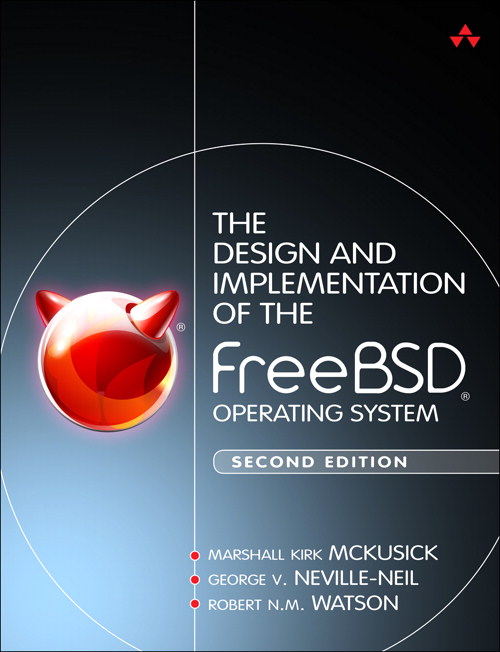
Now available: The Design and Implementation of the FreeBSD Operating System (Second Edition)
[ source navigation ] [ diff markup ] [ identifier search ] [ freetext search ] [ file search ] [ list types ] [ track identifier ]
FreeBSD/Linux Kernel Cross Reference
sys/contrib/device-tree/Bindings/regmap/regmap.txt
Version:
- FREEBSD - FREEBSD-13-STABLE - FREEBSD-13-0 - FREEBSD-12-STABLE - FREEBSD-12-0 - FREEBSD-11-STABLE - FREEBSD-11-0 - FREEBSD-10-STABLE - FREEBSD-10-0 - FREEBSD-9-STABLE - FREEBSD-9-0 - FREEBSD-8-STABLE - FREEBSD-8-0 - FREEBSD-7-STABLE - FREEBSD-7-0 - FREEBSD-6-STABLE - FREEBSD-6-0 - FREEBSD-5-STABLE - FREEBSD-5-0 - FREEBSD-4-STABLE - FREEBSD-3-STABLE - FREEBSD22 - l41 - OPENBSD - linux-2.6 - MK84 - PLAN9 - xnu-8792
SearchContext: - none - 3 - 10
SearchContext: - none - 3 - 10
1 Devicetree binding for regmap 2 3 Optional properties: 4 5 little-endian, 6 big-endian, 7 native-endian: See common-properties.txt for a definition 8 9 Note: 10 Regmap defaults to little-endian register access on MMIO based 11 devices, this is by far the most common setting. On CPU 12 architectures that typically run big-endian operating systems 13 (e.g. PowerPC), registers can be defined as big-endian and must 14 be marked that way in the devicetree. 15 16 On SoCs that can be operated in both big-endian and little-endian 17 modes, with a single hardware switch controlling both the endianness 18 of the CPU and a byteswap for MMIO registers (e.g. many Broadcom MIPS 19 chips), "native-endian" is used to allow using the same device tree 20 blob in both cases. 21 22 Examples: 23 Scenario 1 : a register set in big-endian mode. 24 dev: dev@40031000 { 25 compatible = "syscon"; 26 reg = <0x40031000 0x1000>; 27 big-endian; 28 ... 29 };
Cache object: eaa9c1f31945b7b9d7ba1584fe3634db
[ source navigation ] [ diff markup ] [ identifier search ] [ freetext search ] [ file search ] [ list types ] [ track identifier ]